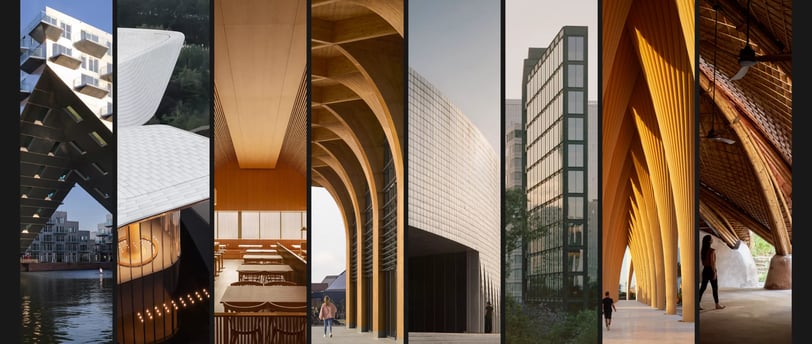The Impact of Architecture on Human Life
ARCHITECTURE
Hakan Kemal
6/13/20241 min read


Architecture and interior design are more than just the physical manifestation of buildings and rooms; they are an essential part of human life that profoundly impacts our well-being, productivity, and overall quality of life. From the grandeur of iconic architectural structures to the intimate spaces of our homes, the design of our environments shapes our experiences and influences our emotions, behaviors, and interactions.
Architecture: The Backbone of Our Built Environment
Architecture is the art and science of designing buildings and other physical structures. It is the foundation upon which our built environment is constructed, encompassing everything from towering skyscrapers to quaint residential homes. The significance of architecture lies in its ability to create spaces that meet functional needs while also expressing cultural, social, and aesthetic values.
Functional and Aesthetic Harmony
Modern architecture strives to balance functionality with aesthetic appeal. Functional design ensures that buildings serve their intended purpose efficiently, whether it's a workspace that fosters productivity or a home that provides comfort and security. Aesthetic considerations, on the other hand, contribute to the beauty and uniqueness of structures, making them visually engaging and culturally significant.
Sustainable Architecture
In recent years, sustainable architecture has gained prominence as a crucial aspect of modern design. Sustainable buildings minimize environmental impact through energy-efficient designs, the use of renewable materials, and the integration of green spaces. These eco-friendly practices not only reduce carbon footprints but also promote healthier living environments for occupants.
